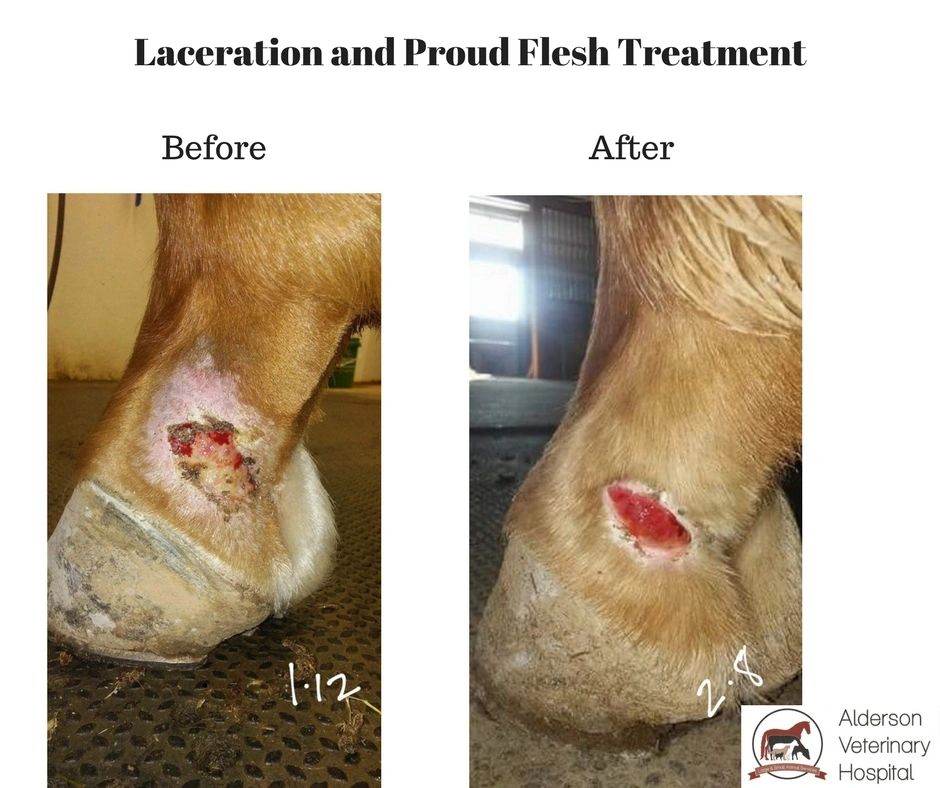The Power of Equine Therapy for Anxiousness, PTSD, and Emotional Healing
The Power of Equine Therapy for Anxiousness, PTSD, and Emotional Healing
Blog Article
How Laser Treatment in Equine Treatment Is Transforming Veterinary Take Care Of Steeds
Laser treatment has emerged as a transformative strategy in equine veterinary care, giving a non-invasive option that expedites recovery and enhances overall health and wellness. The portability and adaptability of laser treatment devices additionally underscore their expanding indispensability among vets.
Understanding Laser Therapy

The modern technology behind laser treatment is based in the concept of photochemistry, where photons are soaked up by chromophores within cells, causing boosted ATP production and inflection of responsive oxygen types (Equine Therapy). This, consequently, advertises mobile expansion, lowers swelling, and increases recovery. Vet practitioners utilize various kinds of lasers, consisting of low-level lasers (LLLT) and high-power Course IV lasers, relying on the details healing purposes and the nature of the equine problem being treated
Different laser wavelengths and power settings are carefully selected to target different tissue depths and attain wanted clinical end results. Safety and security methods are extremely important, as inappropriate usage can result in thermal damage or suboptimal therapeutic impacts. Thus, an extensive understanding of laser therapy's devices and applications is critical for its efficient application in equine veterinary practice.
Advantages for Equine Health
The myriad benefits of laser treatment for equine health incorporate improved recovery, pain decrease, and improved wheelchair. This advanced treatment method leverages particular wavelengths of light to permeate cells, stimulating mobile function and advertising quick tissue fixing. The non-invasive nature of laser therapy makes sure marginal tension and discomfort for the horse, helping with a smoother recovery process.
Enhanced healing is one of the foremost advantages, as laser therapy increases cellular regeneration and collagen synthesis. Discomfort decrease is attained through the anti-inflammatory effects of laser therapy, which decreases swelling and reduces the manufacturing of pain-inducing chemicals.
By reducing inflammation and pain, and improving tissue repair service, laser treatment assists in restoring joint feature and muscular tissue adaptability. Hence, laser therapy stands as a transformative tool in modern-day horse vet treatment.
Usual Problems Treated
Laser therapy has actually arised as a versatile therapy alternative for a selection of typical equine conditions. Furthermore, laser therapy is efficient for conditions like osteo arthritis, where it helps reduce joint inflammation and advertise cells fixing.
Wound administration is one more area where laser therapy has actually revealed considerable guarantee. Persistent wounds or slow-healing abscess can be particularly tough in steeds, but laser therapy boosts cellular regrowth and enhances blood find out here flow, thus accelerating the healing procedure. Laser treatments have actually been efficiently employed in taking care of hoof problems such as laminitis and abscesses, alleviating pain and advertising quicker recuperation.

Innovation Behind Laser Therapy
Beyond the myriad problems treatable with laser therapy, the innovation itself qualities better examination. At the heart of laser go to this site treatment is making use of details wavelengths of light to penetrate tissues and elicit organic actions. These wavelengths, normally ranging from 600 to 1000 nanometers, are precisely soaked up by chromophores in the skin, muscular tissue, and other cells, initiating a waterfall of cellular occasions.
Laser devices utilized in vet medicine typically utilize low-level laser therapy (LLLT) or cool laser treatment. Unlike high-powered medical lasers, these gadgets run at lower power levels, optimizing restorative advantages while reducing thermal damage. The energy from the laser light promotes adenosine triphosphate (ATP) manufacturing, improves cellular metabolic rate, and accelerates tissue repair procedures.

Success Stories and Case Research Studies

Showcasing useful content the concrete benefits of laser treatment, numerous success tales and study brighten its transformative effect on equine health. One such case entails a pedigreed racehorse suffering from chronic tendonitis. Standard treatments yielded minimal renovation, however after incorporating laser treatment into the regimen, the equine showed considerable decreases in swelling and pain within weeks, ultimately going back to competitive racing.
One more compelling instance features a dressage steed identified with severe back discomfort, restricting its efficiency. A vet team used low-level laser treatment (LLLT) to target the inflamed areas, leading to significant improvement in flexibility and a significant decrease in discomfort. Over several sessions, the steed reclaimed its peak type, showcasing the effectiveness of laser therapy in attending to bone and joint issues.
Additionally, a research study conducted at a leading equine facility examined 50 horses with numerous soft cells injuries treated with laser therapy. The results were striking: 85% of the steeds showed accelerated healing times and improved flexibility. These cases underscore the adaptability and effectiveness of laser treatment in equine medicine, offering a non-invasive, scientifically-backed technique to improving recovery and efficiency in horses.
Conclusion
Laser treatment is transforming equine vet care by supplying a non-invasive therapy that speeds up recovery, lowers swelling, and reduces discomfort. With its efficiency in treating a series of problems, from musculoskeletal injuries to chronic disorders like osteo arthritis, this modern technology considerably boosts equine health and wellness and mobility. The mobility and adaptability of laser therapy even more emphasize its transformative effect on veterinary practices, strengthening its role as a necessary device in contemporary equine medical care.
Report this page